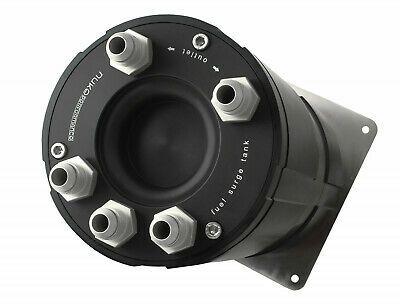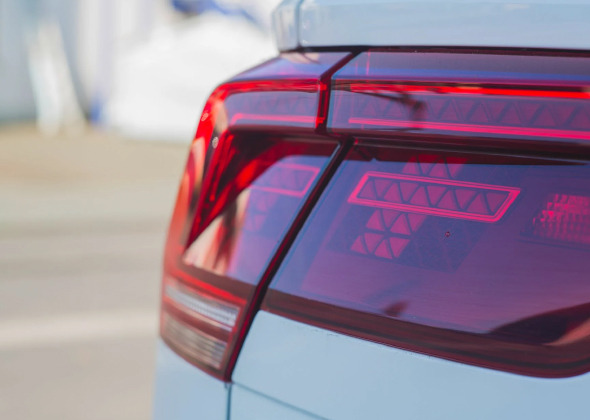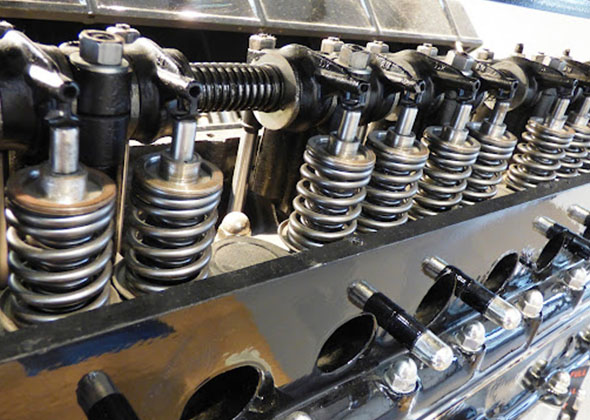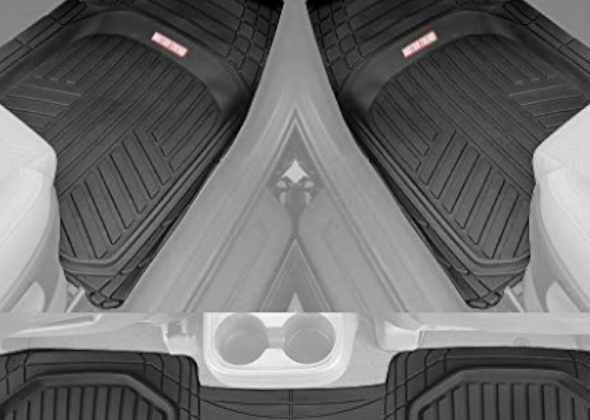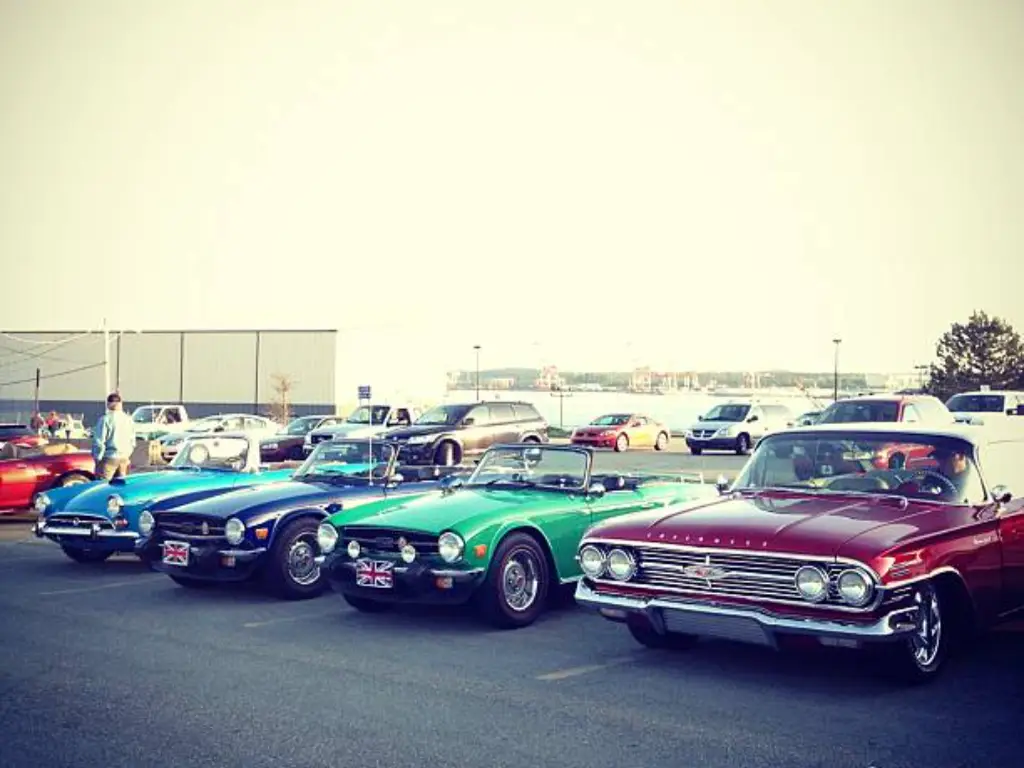
Introduction
With an ever more silent electric motor-dominated automotive landscape, smooth-shifting dual-clutch, and an increasing number of electronic nannies, a larger number of enthusiasts are turning to the past. They want to experience a closer, more direct relationship between machine, road, and driver. It is the domain of the traditional sports car–a place where driving fun is not quantified in gigabytes of processing power, but rather in the mechanical feedback of a wooden steering wheel, the mechanical ballet of a tachometer needle, and the wonderful, unashamed sound of an internal combustion engine in action.
It is not only nostalgia, but a feeling. It is about possession and driving a part of history that requires your complete attention and rewards it with an experience that even the most able car can fail to do. Many of these cars have stood the test of time, their styling and mechanical charm still captivating enthusiasts today. But with decades of history and hundreds of models to choose from, where does one begin the search for pure driving fun?
This is a conclusive manual, and this is where you start. We will discuss ten of the most exciting, rewarding, and iconic classic sports cars of all time. We will explore what it is that has made all these unique, the agile British roadsters, to the American powerhouses. Other vehicles, such as the Porsche 911 or the Chevrolet Corvette, have become supercars by themselves and are considered the best in driving performance. We will also comment on the important fact of ownership: how to keep the fun alive by keeping it well-maintained, and how to select a car that meets your investment and financial commitment. It is the guidebook to the best classic sports car to spur your passion.
Our Definitive List: 10 Cars That Define Driving Pleasure
These are ten cars not selected on the criteria of prettiness or history, but on the criterion of delivering an amazing driving experience that remains undiminished with the passage of time. Every vehicle listed in this list brings a different taste of fun, a different kind of personality that has wooed the hearts of classic car enthusiasts over the generations. A good number of these vehicles have stood the test of time and are now invaluable, as a hobby car or a daily-driving vehicle. They represent the best of their model year and stand as benchmarks of their era.
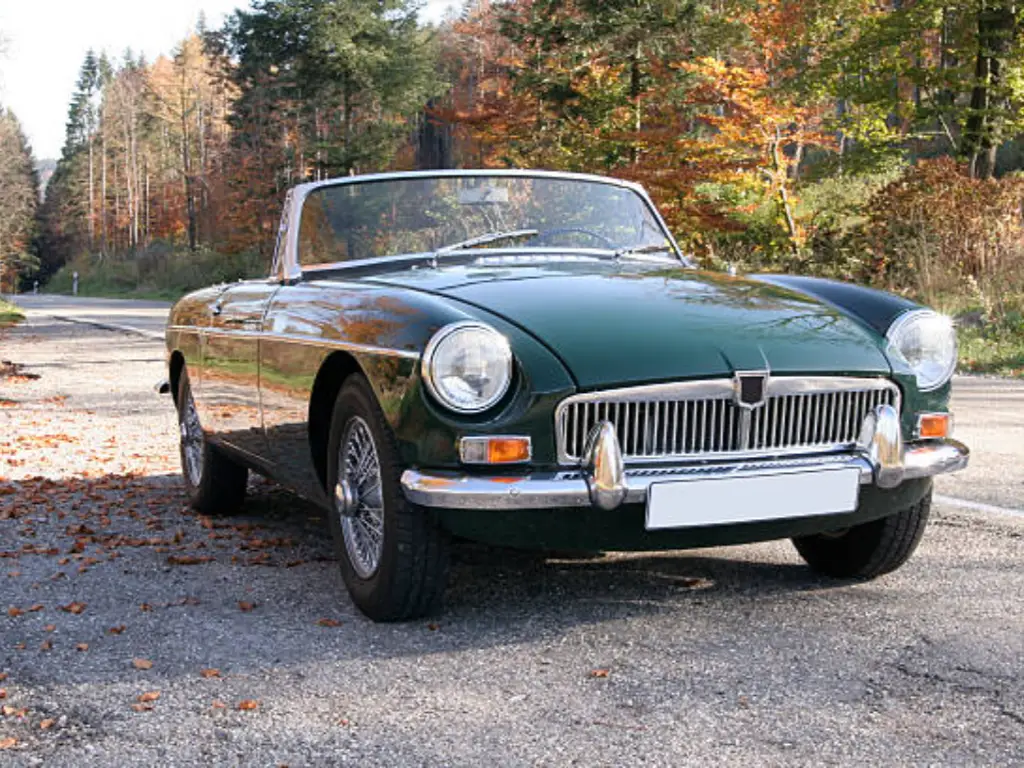
1. MGB Roadster (1962–1980)
The MGB is a classic British sports car to many and is the usual example. It’s more than half a million units in production allowed the top, wind-in-your-hair experience to be shared with the masses. It is attractive and uncomplicated. The B-series 1.8-liter engine, which generally gathers about 95 horsepower, is not about quickness; it is about obtainable strength.
The car is quick and eager and has a 0-60 mph time of approximately 11 seconds, which seems significantly quicker because of the low driving position. Its real delight lies on one of those winding country roads, where its direct, unassisted steering makes a constant flood of information at the front wheels, and its agile chassis tempts you to keep on going when you get around. MGB offers the ideal base to embark on classic motoring, with a massive owner base and an unmatched supply of parts. The pioneer of this car, the MG T-series, led to future British roadsters and contributed to the creation of the classic car market in cars.
2. Mazda MX-5 Miata (NA, 1989–1997)
Although the youngest car in the list, the first-generation Miata has earned its place as the car that perfectly captures the feeling of the old British roadster and introduces a very important aspect to it: the legendary Japanese reliability.
In Mazda, the engineers used to adhere to the same principle of Jinba ittai -horse and rider as one. What is produced is a car that feels to the driver as its own. Its 1.6-liter (and even 1.8-liter) twin-cam motor is happy to rev, and its short-throw five-speed manual transmission is regarded as one of the finest ever built. The NA Miata has a weight of just around 2,100 lbs (950 kg), but it masters the balance and handling of the car. It is a car that educates you on the basics of driving dynamics, and does so at one of the most reliable and affordable ownership experiences in the classic world.
The success of the Miata also defined a new mark in the compact sports cars, as it became the predecessor to the newer models that were to carry on the tradition of affordability and fun.
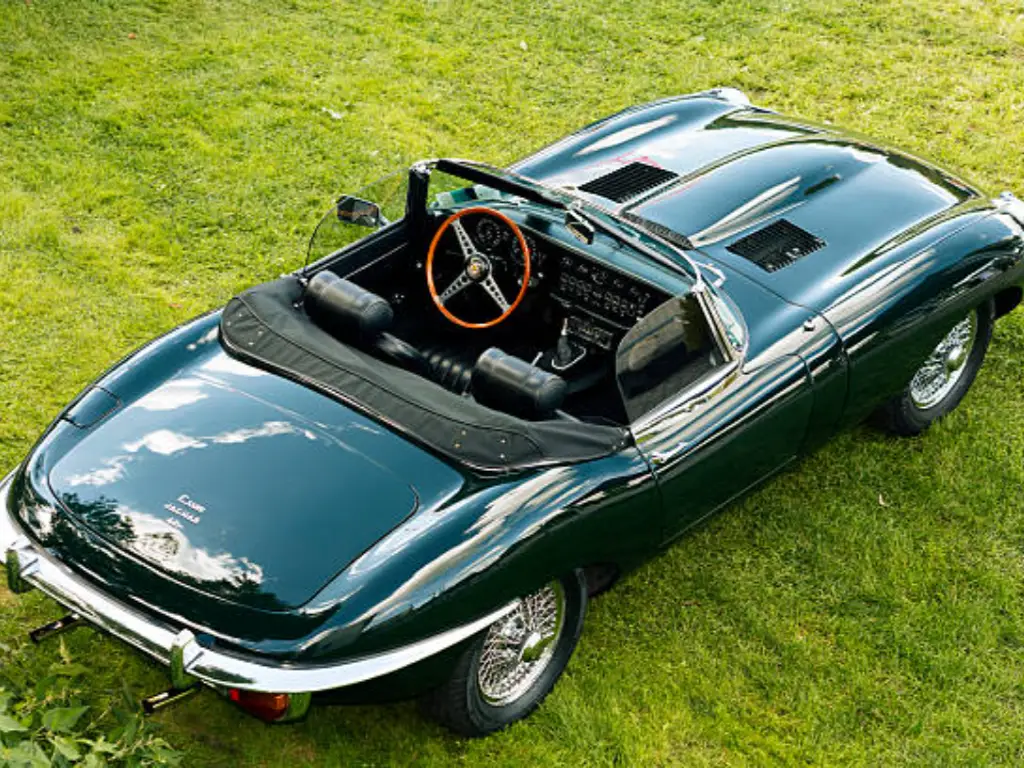
3. Jaguar E-Type (Series 1-3, 1961–1975)
It is known that Enzo Ferrari referred to the Jaguar E-Type as the most beautiful car ever produced, but its fascination runs far beyond just its appearance. Its performance was mind-boggling when it was introduced in 1961 at its price. Its 3.8-liter straight-six made 265 horsepower and launched the car to a top speed of 150 mph- a race exclusive to high-end exotics of the time. The driving fun of the E-Type is a combination of intoxicating power and grand touring grace. The lengthy bonnet, the perspective inside the cockpit, and the effortless, torquesome delivery of the XK engine alone produce an automobile drama of the highest order.
Although subsequent V12 models could be more powerful, older six-cylinder cars are frequently a favorite due to their better balance and sportier handling. The car adored by classic car enthusiasts has been turned into a classic in the history of the automobile and is a blue-chip collector car that offers a memorable driving experience. It has to be mentioned that the predecessor to the E-Type, the XK120, had been a similarly iconic vehicle and a precursor to the legacy that Jaguar would have in the sports car realm.
4. Datsun 240Z (1969–1973)
The Datsun 240Z was a revelation. It provided the style of a European GT and the performance to go with it at a fraction of the price, and with the ability to not fail. Its 2.4-liter inline-six was good, making 151 horsepower, and its independent suspension was an advanced system in its era. The Z-car has a dual personality, which is its magic. It is a long-distance tourer that is comfortable and competent, but also a sports car that is responsive and exciting to drive on a demanding road. The baritone growl of the engine and the balanced, exploitable handling turned it into a huge success, especially in the United States, and established Japan as a manufacturer of sports cars of world caliber. Being the forerunner to subsequent models such as the 280Z, the 240 Z has paved the way to the Z-series legacy up to date.
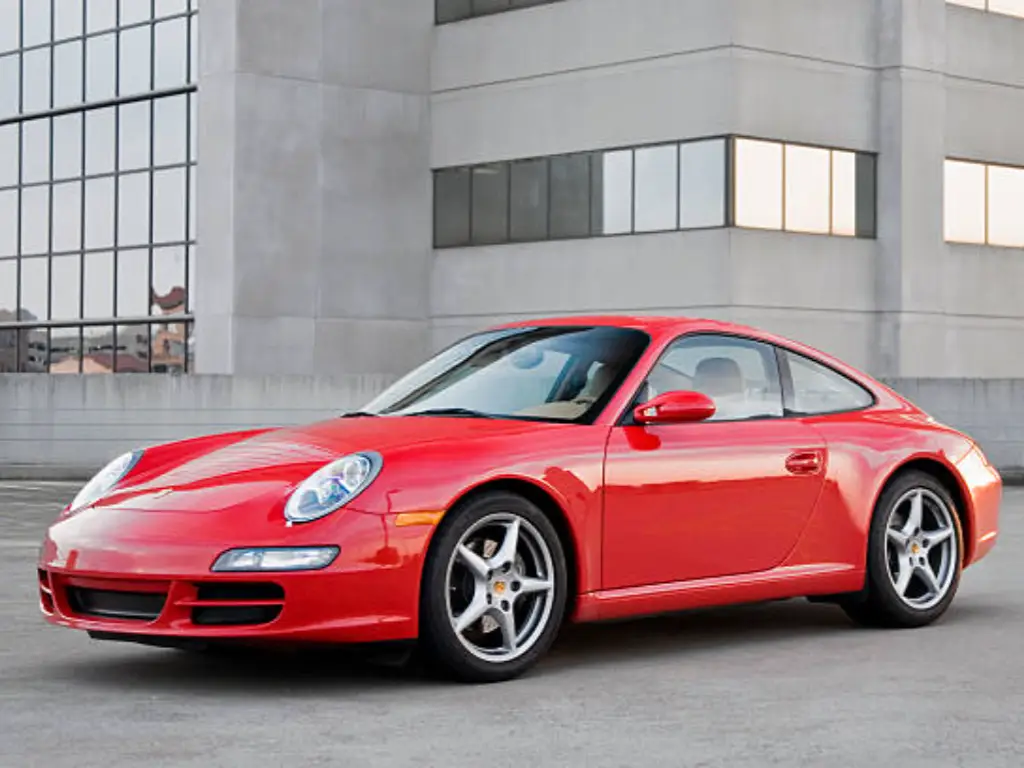
5. Porsche 911 (Classic Air-Cooled, 1964–1989)
Not many vehicles can boast the legendary status and the active performance of the traditional air-cooled Porsche 911. Its rear-engine design, which used to be a handicap in terms of dynamics, was its mark of distinction.
The process of knowing how to control a vintage 911 to brake in a straight line, turn in, and accelerate out of the corner with the weight of the engine to provide traction is a rite of passage to all driving enthusiasts. The chatter and howl of the air-cooled flat-six that is sitting directly behind you dominate the experience, and can be heard much of the time as the hood is opened in the process of maintenance. Since the early 2.0-liter cars, through the muscular 3.2-liter cars of the 1980s, the essence has remained: telegraphic handling, a chassis with which every road nuance can be read, and a construction quality that transcended its time. Porsche 911 is the finest thing in automotive engineering-it has a hands-on experience in driving that many car enthusiasts around the globe will certainly enjoy.
6. Alfa Romeo Spider (Series 1-4, 1966–1994)
This is assuming that driving fun can be quantified in pure character and passion, then the Alfa Romeo Spider is through the roof.
The secret ingredient of its three-plus decades of success was a gorgeous two-seat convertible body, a revitalizing twin-cam inline-four motor, and a chassis that was tuned to fun. The drive itself is a sound treat as the engine in Alfa sings a beautiful mechanical tune. It is a living car and you want to rev it out and have fun with its agile, albeit somewhat soft, handling.
Starting with the original “Duetto” all the way through to the final Series 4, the Spider can be described as a tasting dish of Italian sports car prestige and flair, and provides the driver with the most important element of all: involvement. This legendary roadster has been winning the hearts of numerous enthusiasts globally, whether in the UK or any other part.

7. Chevrolet Corvette Sting Ray (C2, 1963–1967)
The C2 Corvette Sting Ray introduced the American people to futuristic design and thus serious performance. Its hideaway headlamps, creases, and (in 1963) a theatrical split rear window made it appear like nothing on the road. The amusement is crude and unashamed here, as rendered by a series of powerful small-block and big-block V8 engines. A note of a carbureted Chevy V8 running at full throttle is the mainstay of automotive culture. The C2 was not as sensitive as its European competitors, but it had independent rear suspension, and so its handling capability was unexpectedly impressive to many. The act of driving a C2 is something–the gut feel of torque, noise, and pure American optimism. To the American sports car fans, this was the beginning of everything, and the Corvette has become a legendary car.
8. Ford Mustang GT Fastback (1965–1968)
Although the Mustang established the size of the pony cars, the GT Fastback with a V8 engine powerhouse afforded the status of a sports car indeed. It has made it to this list simply because it is pure, pure fun. The V8 (usually 289 cubic inches) was particularly thrilling in its high-performance K-Code version with 271 horsepower.
The enjoyment of a typical Mustang GT is that it is affordable and has a flashy character. It swings like a European GT can never swing. It is also an easily customizable and upgradable car with a colossal aftermarket, meaning that the owner can make the performance exactly how he wants it. This muscle car still remains the best part of the American auto culture- a real hero on the road.
9. BMW M3 (E30, 1986–1991)
The E30 M3 is an offspring of race, a homologation special sports car, which has been regarded as a legend in chassis design. It doesn’t have magic in its sheer force; the high-revving S14 four-cylinder engine delivers a range of 192 to 235 horsepower.
Rather, the M3 is a brilliant car with its sublime balance, telepathic steering, and a chassis that appears to be hard-wired into the driver’s brain. It is a vehicle that wants to be pushed, and precision and dedication are rewarded with an unbelievably neutral and customizable behavior approach. Most performance cars of the day are more powerful and grippy, yet none have perhaps ever provided a more communicative and rewarding driving experience. The E30 M3 is the symbolic masterpiece of what pure driving is and a favourite with any driver who wants to add a touch of European to the muscle car scene.

10. Triumph TR6 (1968–1976)
The Triumph TR6 is a more muscular version of the British roadster. A standard chassis shared with the contemporary models of the MGB, the TR5/TR250, the car is attractive through a 2.5-liter straight-six engine. It gives the TR6 such a guttural soundtrack and such a wave of torque that it cannot be matched with the four-cylinder opponents. The driving fun does not so much focus on high-rpm histrionics but rather stresses effortless torque-charged cruising and a brawny point-and-shoot persona on back roads. It is an easy, handsome, and charismatic machine that gives a uniquely British, six-cylinder, open experience. Although the TR6 has a rather modest appearance, it is a UK icon enjoyed by fans.
Keeping the Fun Alive: The Secret to Classic Car Reliability
Being a classic sports car owner is one of the most fulfilling experiences that an enthusiast may ever go through. However, the fantasy of cutting through picturesque streets can easily be shot down by the nightmare of unreliability, exasperating repairs, and components of merely not fit. Nothing is more likely to keep the smile on the face of the classic car owner than the quality of the parts with which it is maintained and restored. This is where the real core of the experience is- it is not necessarily the driving, but the assurance that your car is fit to drive. Be it driving an old-fashioned type of production car or a new-fangled classic, the realization that your car is in good condition contributes to the enjoyment of every ride.
Why Quality Parts Are the Heart of Your Driving Pleasure
Time is money, and passion is the foe of frustration to any classic car owner, and more so to the restoration shops, distributors, and ardent hobbyists. The afterburning feeling of driving a perfectly tuned Jaguar E-Type or a responsive MGB has been based on the work of the innumerable parts working together. One bad part can spoil the whole experience- like a broken wheel drive system, or broken headlights.
This is the situation that Sunway Autoparts has been committed to addressing since 2007. Reliability anxiety and delays in projects are the biggest enemies of fun in driving, since, as a specialist manufacturer of classic cars between the 1920s and 1990s, we know that these are the main drivers of the anxiety related to fun in driving. Three principles on which we are based include:
- Accuracy Saves Time: Nothing is more disappointing than an aftermarket item that must be altered to fit. We are dedicated to precision manufacturing and high-quality chrome plating of our components so that they fit the first time, whether it is a Porsche, Ford, Mercedes-Benz, Honda, or BMW. In the case of restoration shops, this has a direct relationship with less labor time and turnover of projects. It is time for the home mechanic to have a good time out in your car and not to have to wrestle with the car.
- Quality That forges Confidence: The appeal of a classic car must not be made at the expense of peace of mind. A comprehensive process quality control system is used to guarantee our every part is of original factory quality or better. With the use of modern materials and production methods, we can, in many cases, create parts that are more durable than the original, that help eliminate those areas of failure, such as wheel drive or electrical systems, and enable you to drive your vintage without fear.
- A Supply Chain You Can Count On: As a manufacturer with a network of almost 200 suppliers, we are the one that restoration shops and distributors can rely on, that is stable and reliable. We provide consistent quality of production, reliable inventory levels, and the option to create and make special parts for the vehicles that stopped decades ago. Collaborating with Sunway is to have a supply source that is controllable and a high-quality supplier that is committed to ensuring that these legendary cars remain on the road.

Performance vs. Value: Choosing the Right Classic Sports Car
It is easy to fall in love with a classic sports car; however, when it comes to picking the one that fits your life and your budget, you need a more practical attitude. After this section, the major considerations of investment, ownership cost, and budget breakdown are discussed. This section assists you in locating the ideal point of intersection between passion and practicality. It can be an exciting and daunting process, whether it is your first car or the latest to be added to the collection.
In order to present a more vivid picture, we will compare some of the key metrics of a few cars to offer on our list.
| Vehicle | Est. 0-60 mph | Avg. Value (Good Cond.)* | Ownership Cost** | Investment Potential |
| MGB Roadster | ~11.0 sec | $10,000 – $20,000 | Low | Stable |
| Mazda MX-5 Miata | ~9.0 sec | $8,000 – $15,000 | Low | Growing |
| Datsun 240Z | ~8.0 sec | $30,000 – $60,000 | Medium | Strong |
| Porsche 911 3.2 | ~6.1 sec | $70,000 – $110,000 | High | Very Strong |
| Jaguar E-Type S1 | ~6.9 sec | $150,000 – $250,000+ | Very High | Blue-Chip |
| BMW M3 (E30) | ~6.7 sec | $80,000 – $120,000+ | High | Very Strong |
Estimates of market values are available as of late 2025, but this can change drastically depending on the condition, history, and model details. Information compiled from market analysis by companies such as Hagerty. Ownership Cost is a relative measure taking into account the parts availability, the complexity of routine maintenance, and fuel injection systems on subsequent models.
Models Known for Investment Potential
To the group of people who perceive a classic car as a source of pleasure and a financial asset, some models have shown remarkable strength in the market.
- Porsche 911 (Air-Cooled): The 911 market has been the standard for decades. Although the meteoric increase has decelerated, rare and well-preserved ones, particularly Turbos or special editions, remain to be considered as a stable store of value and are liquid assets.
- Jaguar E-Type (Series 1): The new E-Types, especially the flat-floor models of roadsters, are said to be blue-chip car investments. The iconic positioning will mean that they will be sought after during high-end auctions and concours events.
- BMW M3 (E30): The E30 M3 is no longer a cult car; it is a high-end collector car. It has had a racing history, and only a few were produced, so values have been skyrocketing to the point that the highest-quality models are fetching six-figure prices. The fact that it is a top in analog driving makes it still desirable.
Cars That Offer Accessible Ownership Costs
Crippling maintenance bills do not need to go hand in hand with driving fun. These models are characterized by strong mechanics and good availability of parts, and are comparatively easy and cheap to own.
- Mazda MX-5 Miata: Miata is, perhaps, the most dependable classic sports car to purchase. It’s easy, modern-day engineering, and huge aftermarket service supply implies that components are inexpensive, and that most maintenance is easy to perform by a home mechanic.
- MGB Roadster: You can start your own MGB with a manual, with the tremendous quantity of units produced and its fan base. Components are cheap and easily sourced through a myriad of suppliers as well, and its pushrod engine is a very well-known, durable engine that is simple to service.
- Ford Mustang GT Fastback: The advantage of being one of the most popular American cars of all time is a large and inexpensive parts market. The small-block Ford V8 has a history of simplicity and longevity, and almost every part of it, including trim pieces and engine blocks, is being reproduced.
Options for Budget-Conscious Collectors
These cars are the best value proposition to the enthusiast who wants to get into the market but does not have a huge initial investment to make, as they provide a tremendous amount of fun per dollar.
- MGB Roadster and Triumph TR6: Both are British roadsters that provide a classic experience at a fraction of the price of the German or Italian roadsters. There are still good, solid, driver-quality examples under $20,000, which is one of the few good bargains in the classic world.
- Alfa Romeo Spider ( Series 3-4): Although the earliest Spiders have since been extremely appreciative, particularly the more recent models produced in the 1980s and 1990s, they have been neglected. They provide a charismatic twin-cam engine and top-down Italian style at a very low price of entry.
- Datsun 240Z: The highest-quality examples are now very expensive, but it is still possible to find project cars or driver-quality 260Z/280Zs at lower prices. They supply 90 percent of the 240 Z experience and are an excellent platform for a rolling restoration.
Conclusion
In the quest to gain driving fun in its purest form, it is revisiting the place where a car belongs. It is a deliberate choice to lose digital perfection to a real-world involvement, to be part of the action of driving, not a high-tech appliance. We have ten cars, which have provided us with a different portal into this world. There is a vintage sports machine that can satisfy your dreams and your wallet, whether it be the affordable allure of an MGB or the investment-quality of an E-Type. And to those with a future in mind, most of these cars have successor models in which they carry on the spirit of the forebears.
When you decide to buy one of these machines, it’s not a buy; it’s joining a worldwide fervent community. It has to do with waking up early and going for a ride by yourself, the bonding that goes with local car shows, and the gratification of keeping a car that’s a piece of art. Is it race cars or coupes you are attracted to? There is a classic sports car that will suit your fantasies. It is the assurance of your confidence in the reliability of your car- that confidence which you gain through good workmanship and the association with the right people.
Be it a V8 rumble, a high-revving straight-six, or the agility of a lightweight roadster, the ideal classic sports car awaits your touch. It is just waiting to remind you that, in its purest form, driving is one of the greatest joys in life.


